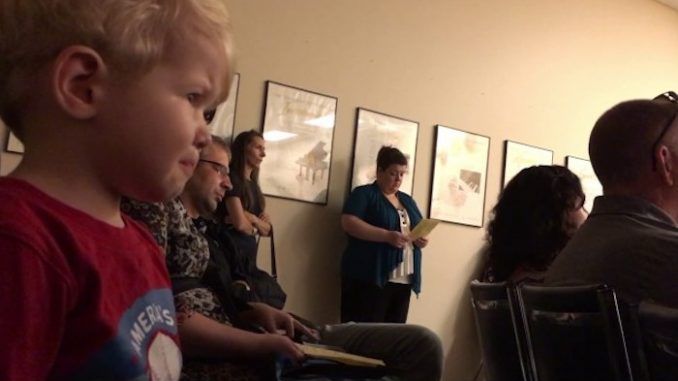
Remember when, as a child, you were taught the differences between the sexes and how babies are made? In 2017 Planned Parenthood have thrown all of those biological facts out with the bathwater. Instead of explaining to children the biological differences between the sexes, Planned Parenthood now advise parents to teach that “your genitals don’t make you a girl or a boy. Some girls have penises. Some boys have vaginas.“
The Weekly Standard reports: Both the old and new Planned Parenthood recommendations for talking to preschoolers include explicit explanations of how a woman becomes pregnant. However, unlike the new, detailed discussions of multiple subjects over dozens of paragraphs, the old guidelines consisted of only two additional possible preschooler questions, and the answers were relatively anodyne:
Q. What’s that? (pointing to a woman’s breast, or other body parts.)
A. That’s a breast. Women have breasts. Men don’t. Would you like to know anything else about that?
Q. How come I have a penis and you don’t?
A. Boys have penises and girls have vulvas. I’m a woman — a girl who is all grown up — so I have a vulva instead of a penis. And you’re a boy, so you have a penis instead of a vulva.

BYPASS THE CENSORS
Sign up to get unfiltered news delivered straight to your inbox.
You can unsubscribe any time. By subscribing you agree to our Terms of Use
From there, the advice jumps into a discussion of gender, giving a nod to the traditional definition, but taking great pains to incorporate the latest thinking about “gender identity“:
While the most simple answer is that girls have vulvas and boys have penises/testicles, that answer isn’t true for every boy and girl. Boy, girl, man, and woman are words that describe gender identity, and some people with the gender identities “boy” or “man” have vulvas, and some with the gender identity “girl” or “woman” have penises/testicles. Your genitals don’t make you a boy or a girl.
You can say that most girls have vulvas and most boys have penises/testicles. You may want to emphasize that it doesn’t matter too much what parts someone has—that doesn’t tell you much about them. But you can make that decision based on your values and how you plan to talk with your kid about gender as they grow up.
The organization’s website includes recommendations not just for preschoolers, but gives pointers for talking to children of all ages about their bodies, gender identity, relationships, sexuality, and reproduction. The new guidelines are quite extensive, delving into each topic for each age group far deeper than previous iterations and break new ground, even for an organization known for progressive attitudes about sex and sexuality.
Throughout the guidelines, the underlying message regarding a child’s gender (sex) is that it is unknown and unknowable at birth. Parents are told that “your kid figures out what their gender is really early on—and they’ll usually tell you. So in preschool and in early elementary school, trans kids are starting to realize that they’re not the gender everyone said they were when they were born.”
While Planned Parenthood encourages talking to children about most everything related to their bodies, sexuality and reproduction, the guidelines make one big exception: “Gender identity isn’t about what kind of anatomy you have—and asking transgender and gender nonconforming people about their bodies is NEVER okay.”
While Planned Parenthood links to a number of websites related to the topics covered, the website itself does not indicate the medical or scientific sources used to formulate the guidelines, recommendations, and information on gender identity versus biological sex.

